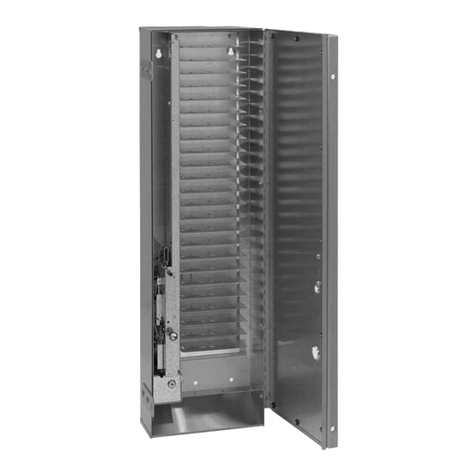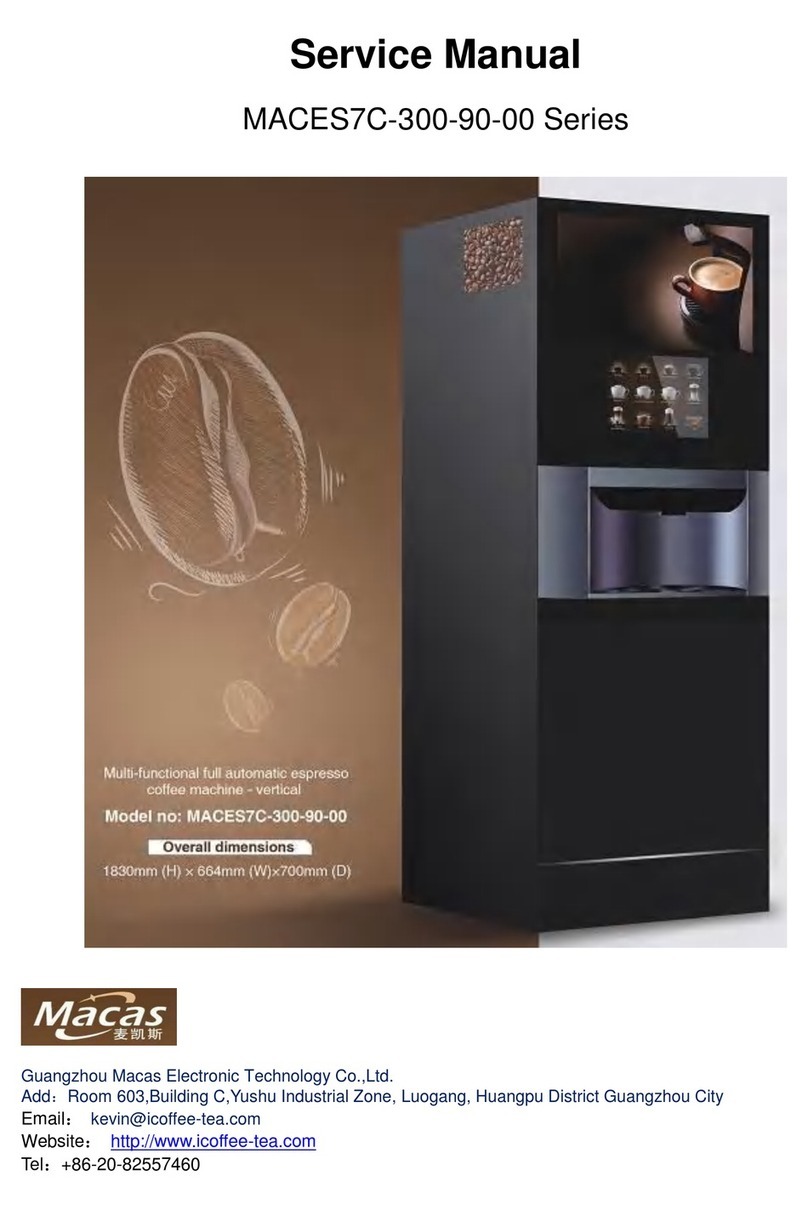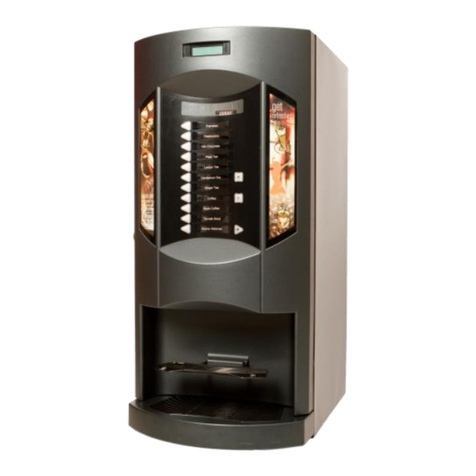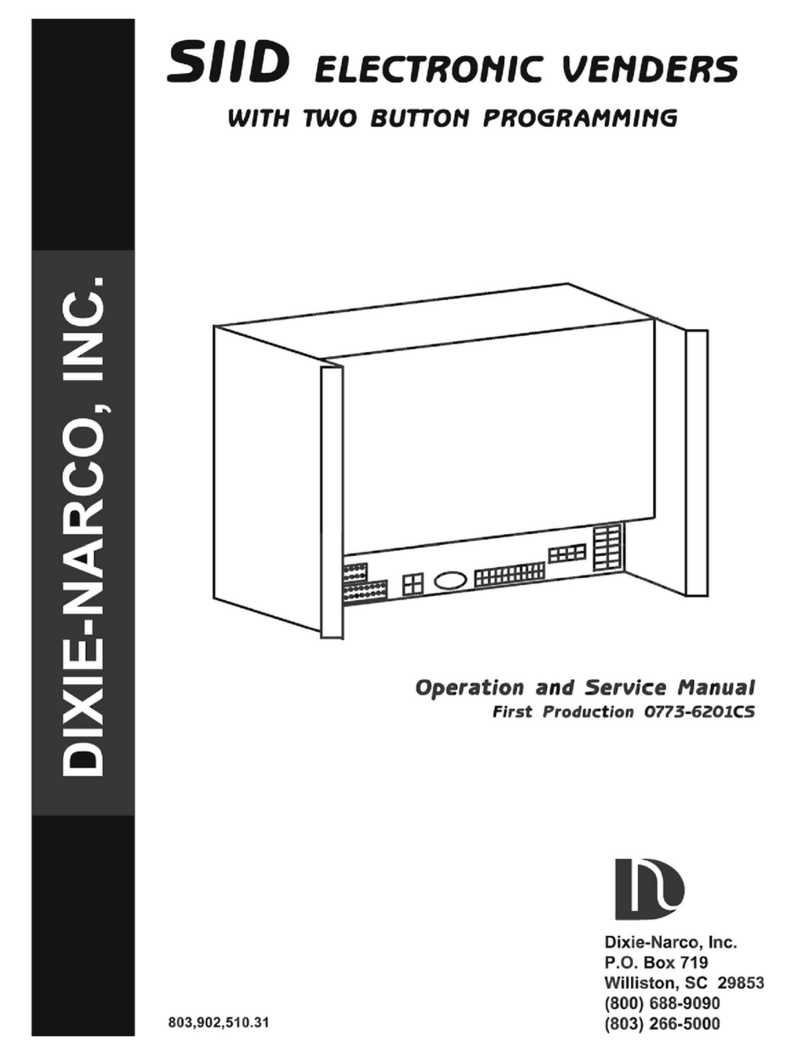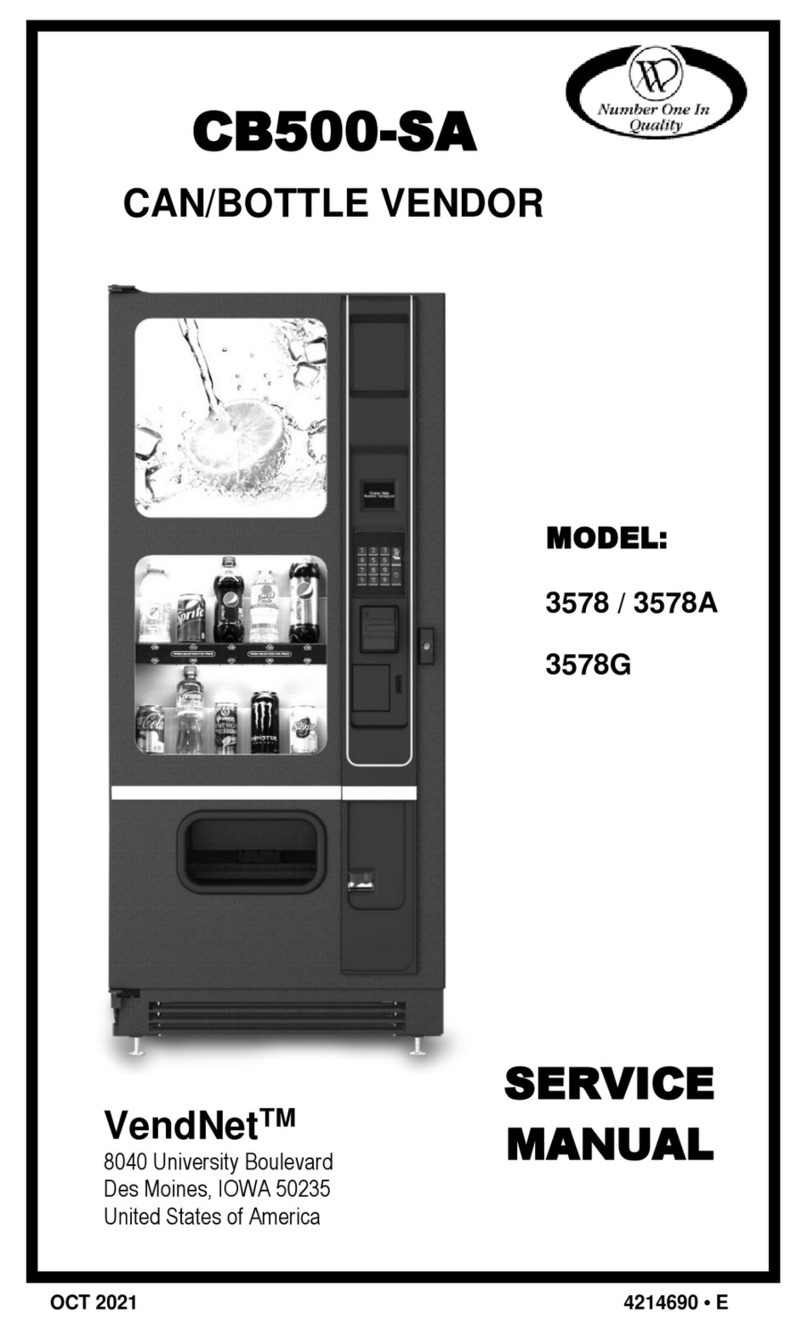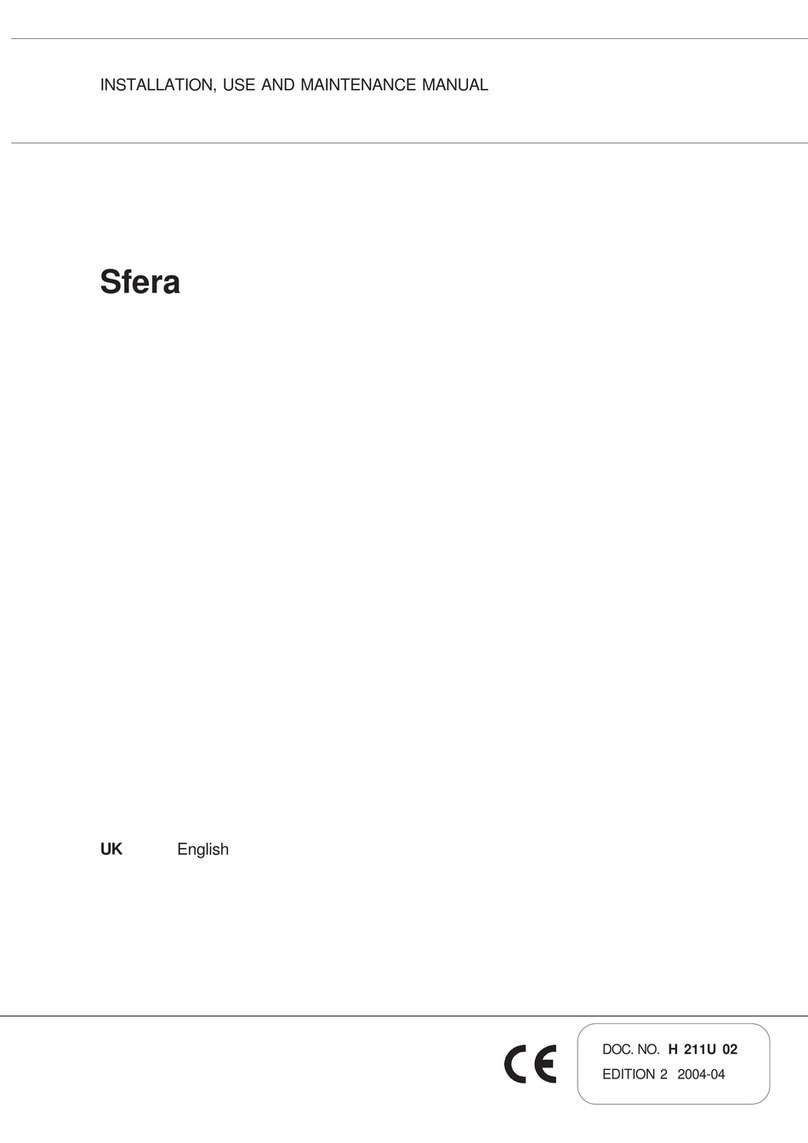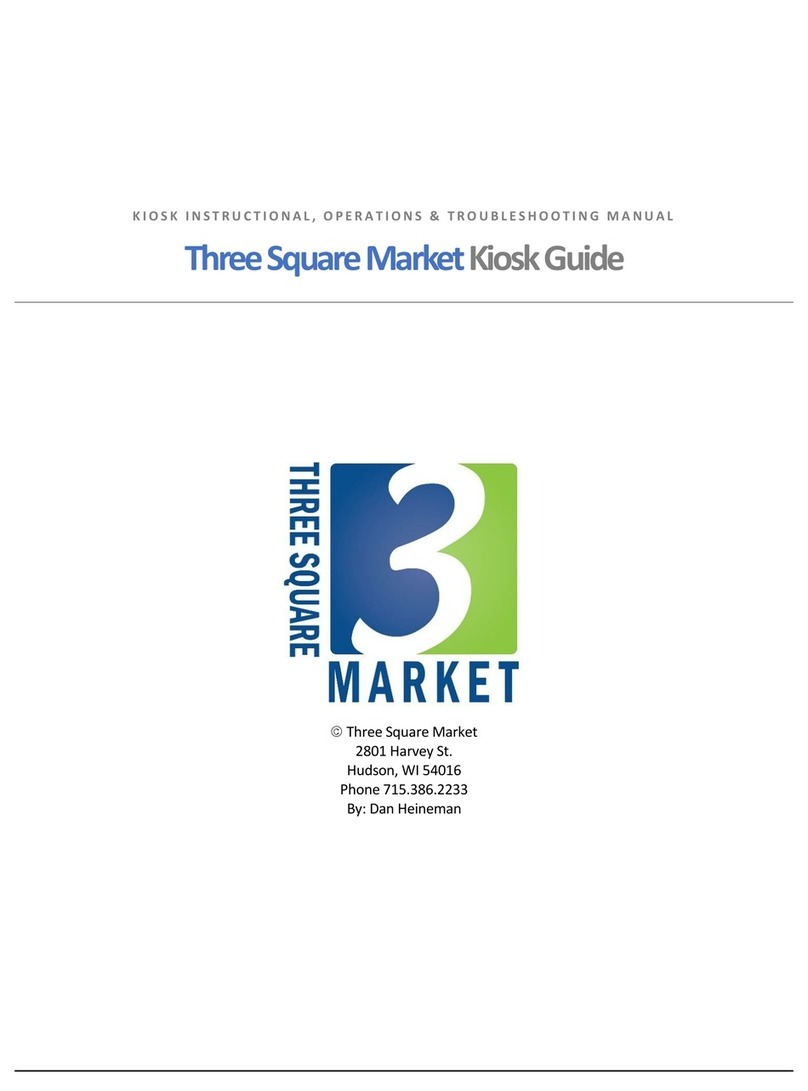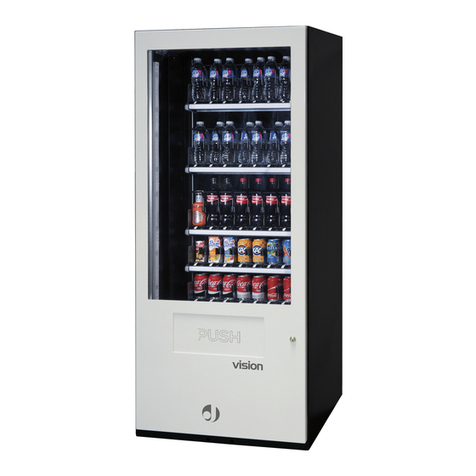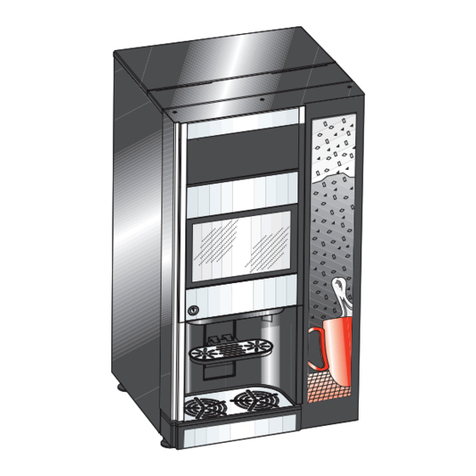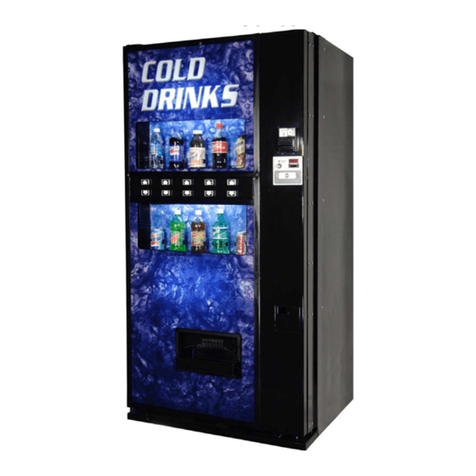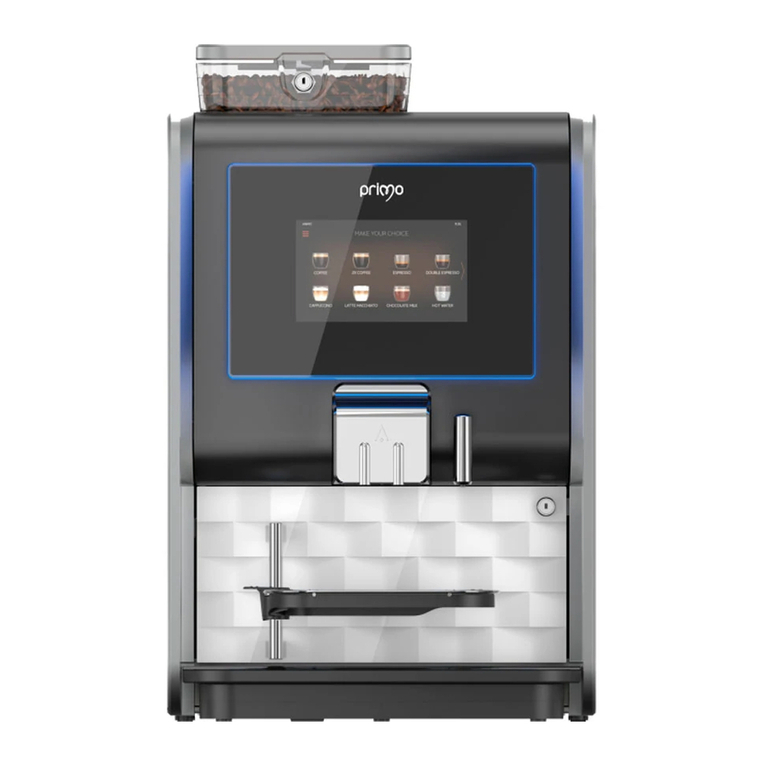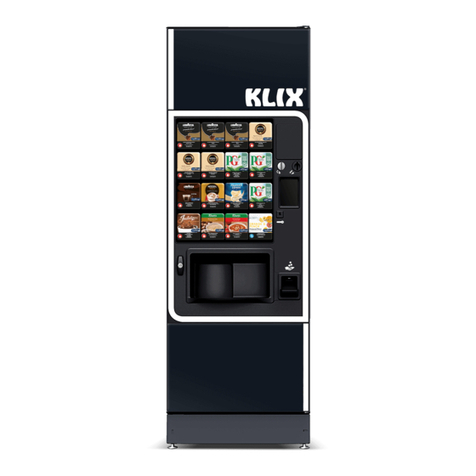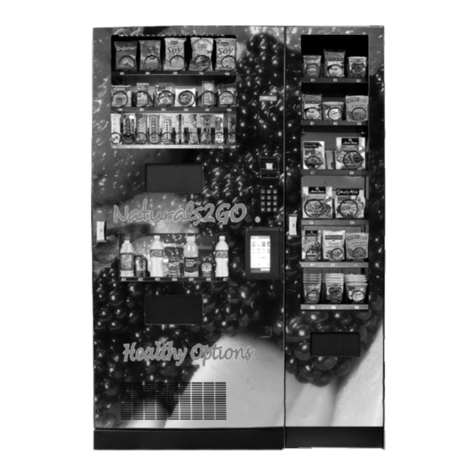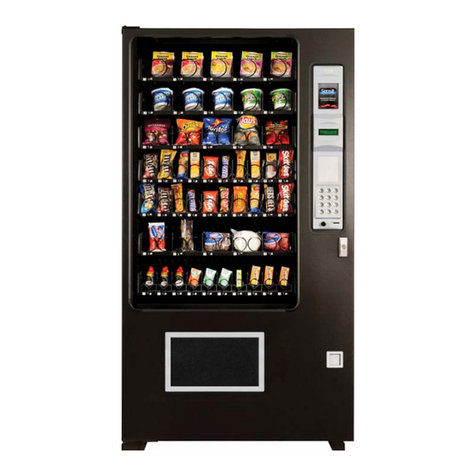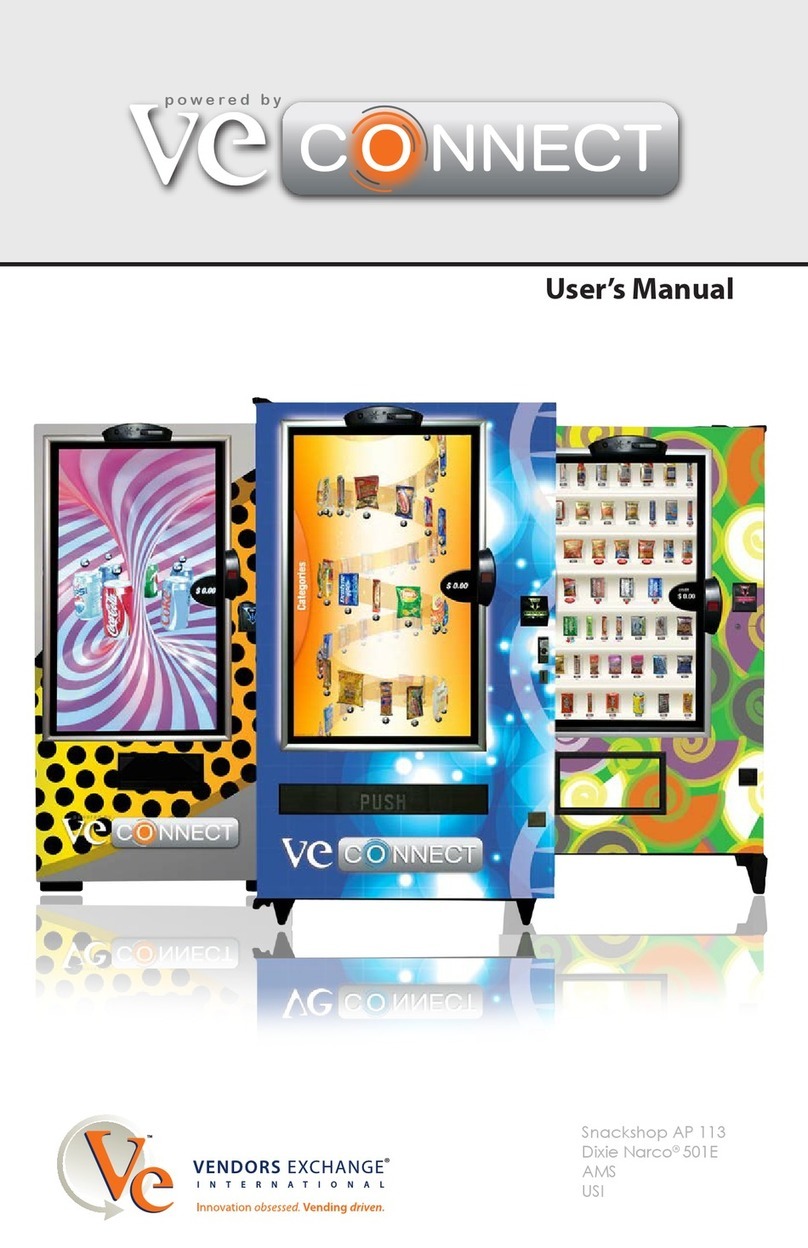
4
SECTION 1: GENERAL INFORMATION
INTRODUCTION
This manual contains information on installing, operating
and maintaining Coinco's BillPro Series bill acceptors.
This manual is intended for owners, route operators and
shop-level technicians as a primary source of informa-
tion. Taking time to read this manual and becoming
familiar with this information will help you obtain the best
performance from your Coinco bill acceptor.
MODELS
BillPro Series bill acceptors are self-contained units
designed to work with MDB vendors. Listed below are
some of the models available:
BP2BX BillPro bill acceptor, 2 bill acceptance
($1 & $5), Bottler mask & MDB
interface only
BP4BX BillPro bill acceptor, 4 bill acceptance
($1, $5, $10 & $20), Bottler mask &
MDB interface only
BP4SX BillPro bill acceptor, 4 bill acceptance
($1, $5, $10 & $20), Snack mask &
MDB interface only
BP2BX and BP4BX bill acceptors are primarily used in
cold drink vendors which use MDB interface. The
BP4SX bill acceptor are primarily used in MDB snack,
coffee or food machines.
BillPro units support MDB communication only.
FOR YOUR RECORDS
A label indicating the model number and serial number is
affixed to the back of the bill acceptor. Refer to the
model and serial number whenever you call upon your
Coinco Service Center for information or service. The
first four digits of the serial number contain the manufac-
turing date code which indicates the beginning of the
warranty period.
EXAMPLE: Serial number 260300135. First and
second digits indicate the week of manufacture. The
third and fourth digits indicate the year (the 26th
week of 2003).
FEATURES
• Modular design
• Illuminated Inlet
• Flash programmable memory
• Exceptional acceptance rate
• Anti-jam software
• Flex stack bill box
• Center drive belt
• Scalloped bill path for wet bill acceptance
• State-of-the-art electronic logic system
• Programmable acceptance of the following bills:
$1, $5, $10 and $20.
• Vandal resistant design protects against: saltwater,
bill pullback, counterfeit bills.
• Utilizes standard mounting
• 34 V Multi-Drop Bus interface
• High impact, non-corrosive plastic construction
• Easily accessible bill path
• Self-diagnostics communicated via status light
• Manufactured and supported by Coinco.
• Made in the U.S.A.
AFTER UNPACKING
After unpacking the unit, inspect it for any possible
shipping damage. If the unit is damaged, notify the
shipping company immediately. Only the co-signee (the
person or company receiving the unit) can file a claim
against the carrier for shipping damage. We recommend
that you retain the original carton and packing materials
to reuse if you need to transport or ship your acceptor in
the future.
If the bill acceptor is being stored or used as a spare,
always keep it in its shipping carton when not in use.
This will keep it clean and offer the best protection for
the unit.
MAIN LOGIC BOARD ASSEMBLY
The main logic board contains the microprocessor which
controls all the functions of the bill acceptor based on
information from the vending machine, coin mechanism
and various bill acceptor sensors.
Also contained on the main logic board are lower optic
sensors and the power supply which receives its primary
voltage from the vending machine. The 34 VDC
(MDB) primary voltage is filtered and reduced for the
main logic board.
